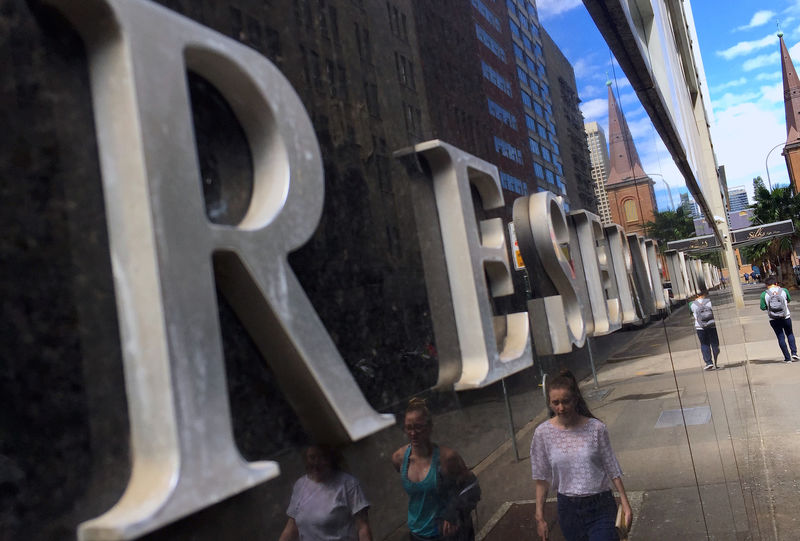The Reserve Bank of Australia on Tuesday held interest rates steady at a record low 1.50% as expected.
For the full-text statement, see:
Media Release Statement by Philip Lowe, Governor:
Monetary Policy Decision
Number2017-13Date4 July 2017
At its meeting today, the Board decided to leave the cash rate unchanged at 1.50 per cent.
The broad-based pick-up in the global economy is continuing. Labour markets have tightened further in many countries and forecasts for global growth have been revised up since last year. Above-trend growth is expected in a number of advanced economies, although uncertainties remain. In China, growth is being supported by increased spending on infrastructure and property construction, with the high level of debt continuing to present a medium-term risk. The rise in commodity prices over the past year has boosted Australia's national income.
Headline inflation rates, having moved higher over the past year, have declined recently in response to lower oil prices. Wage growth remains subdued in most countries, as does core inflation. Further increases in US interest rates are expected and there is no longer an expectation of additional monetary easing in other major economies. Financial markets have been functioning effectively and volatility has been low.
As expected, GDP growth slowed in the March quarter, partly reflecting temporary factors. The Australian economy is expected to strengthen gradually, with the transition to lower levels of mining investment following the mining investment boom almost complete. Business conditions have improved and capacity utilisation has increased. Business investment has picked up in those parts of the country not directly affected by the decline in mining investment. At the same time, consumption growth remains subdued, reflecting slow growth in real wages and high levels of household debt.
Indicators of the labour market remain mixed. Employment growth has been stronger over recent months. The various forward-looking indicators point to continued growth in employment over the period ahead. Wage growth remains low, however, and this is likely to continue for a while yet. Inflation is expected to increase gradually as the economy strengthens.
The outlook continues to be supported by the low level of interest rates. The depreciation of the exchange rate since 2013 has also assisted the economy in its transition following the mining investment boom. An appreciating exchange rate would complicate this adjustment.
Conditions in the housing market vary considerably around the country. Housing prices have been rising briskly in some markets, although there are some signs that these conditions are starting to ease. In some other markets, prices are declining. In the eastern capital cities, a considerable additional supply of apartments is scheduled to come on stream over the next couple of years. Rent increases are the slowest for two decades. Growth in housing debt has outpaced the slow growth in household incomes. The recent supervisory measures should help address the risks associated with high and rising levels of household indebtedness. Lenders have also announced increases in mortgage rates for investor and interest-only loans.
Taking account of the available information, the Board judged that holding the stance of monetary policy unchanged at this meeting would be consistent with sustainable growth in the economy and achieving the inflation target over time.
